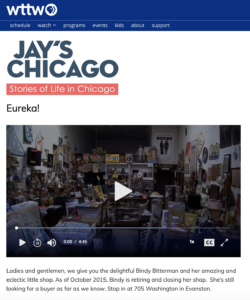Mondays with Mike: Farewell
November 9, 2020 • 3 Comments • Posted in Mike Knezovich, Mondays with MikeWhen I was a child, my mom watched Jeopardy! whenever she could. I can’t remember how often or when it aired; I just know I knew Art Fleming’s and Don Pardo’s voices very well.
At first watching was largely aspirational—it seemed like a grownup thing to do. Eventually, it was competitive: every once in a while I’d be right where my mom was not.
Back in the 90s, I actually passed the Jeopardy! test and made it into the pool of potential contestants. Alas, I never got the call. At the time, I had to travel to take a written test in person. Those who made the cut did trial runs. Today, the test is online. I’ve taken it a couple times, but I’ve not made the cut. Either I’ve gotten dumber or it’s gotten harder—I think it’s both.
During Covid work-at-home days I’ve been able to regularly peek in on the show as a break. I’m glad, too. I came to fully appreciate the staff that writes the answers, and the incredible performance of Alex Trebek. Impeccable pronunciation always. Unflappable. That he’s been doing the past couple years while being treated for cancer is almost unbelievable. But I’ve seen it with my own eyes.
He’s going to be impossible to replace.
As is Sean Connery, the best Bond ever. Sad as their passing is, it’s funny that they left about the same time: one of the funniest recurring Saturday Night Live skits featured a fictional celebrity round of Jeopardy! that had Darrell Hammond playing a surly, foul-mouthed Connery and Will Ferrell playing Trebek. (Trebek apparently loved the SNL skits but believes that Eugene Levy did the best impersonation of him.)
RIP to Trebek and Connery, and here, have a laugh.



